When you drive along the deceptively sedate streets of Silicon Valley, there are few hints that all those nondescript office parks and low-rise buildings contain the very future of the planet, but they really do. On a recent trip to tech's epicenter, I found that out firsthand when I got to visit the offices of Meta, the startup that produced the Meta 2 augmented reality headset.
But on this day, the focus wasn't on the hardware, but a new software suite called Meta Viewer. The software, which is still in beta, was shown off at the recent AWE conference in Santa Clara, just 30 minutes away from Meta's San Mateo headquarters.
After completing a strict, security-centric entry process, I finally got to enter the inner sanctum of Meta and met with Joe Mikhail, the company's chief revenue officer. Mikhail, a Silicon Valley native, joined the team just about a year ago following stints at Lenovo and Flex (formerly Flextronics, the company behind several of the world's pioneering mobile devices in the last few decades).

"Our mission is more 'augmented humanity' where we bring in both the digital and the physical worlds together in a very natural and intuitive way. Both regarding how we consume digital content, as well as how we interact with it," said Mikhail, as he led me to the company's demo lab to let me take the new Meta Viewer software for a spin.
"[This] is why we're big on natural interaction like hand and voice, and less about having to learn interface to get a job done. As we evolve, it's more about machines adapting to humans, and being subservient to our natural expressions, and at the same time preserving that human connection."
This interface magic is what many AR companies promise, but few actually manage to deliver in a way that feels truly intuitive. Therefore, it was pleasant to surprise to find out that, beyond the onstage demos, Meta Viewer works as advertised. It's a very natural and intuitive operational experience that would likely be an easy fit for AR veterans as well as someone completely unfamiliar with AR headsets and software.
Once you strap on the Meta 2 headset, you can fire up the Meta Viewer software and begin using its dead simple 3D interface to select, resize, and rotate objects using pinch, pull, grab, and release gestures. You can also make changes to those objects and then add notes to the objects that can be saved and later viewed by yourself, or a colleague using a Meta 2 headset in another location.
The detail and overall visual fidelity of the models accomplished that rare feat of actually looking as good as the footage indicates via video demos. Also impressive was the relatively unnoticeable lag when it came to hand tracking of the objects you're manipulating in Meta Viewer. Yes, the Meta 2's 90-degree field of view, 60Hz refresh rate, and 2.5K resolution were up to the task.
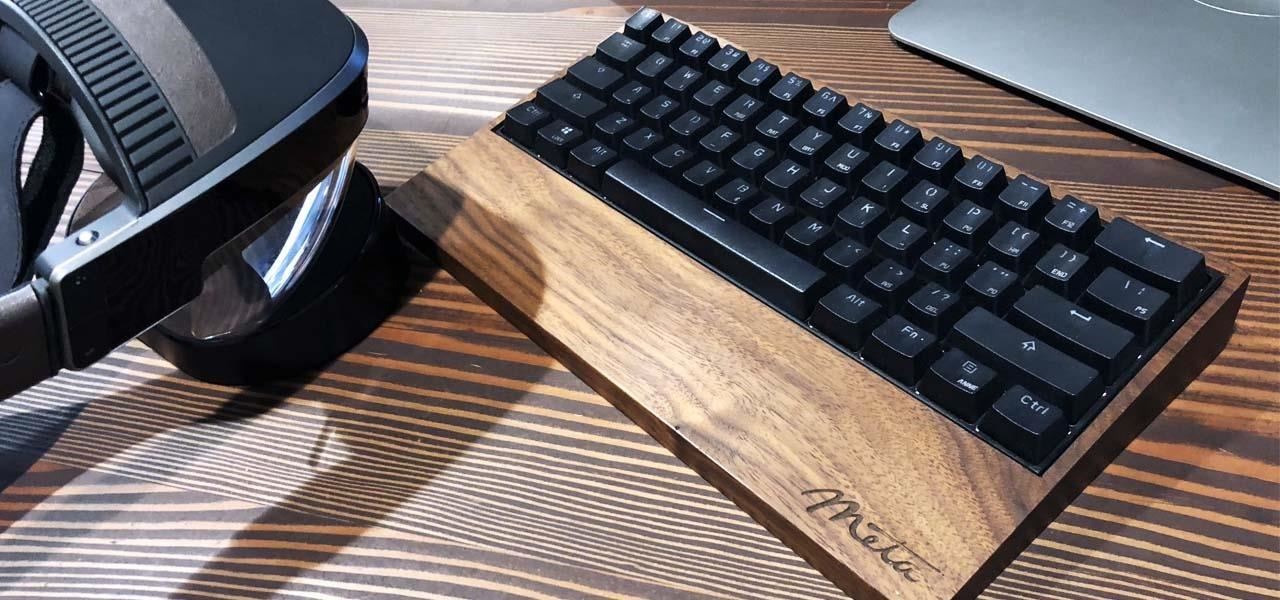
Beyond gestures, the app's voice control interaction was effective, but only accurate when the user utters a very specific set of commands. This isn't necessarily a shortcoming or unexpected when using voice command controls, but as smart assistants like Siri and Alexa have taught us, voice commands are usually most effective when they lean more toward natural speech instead of requiring us to speak like a robot to get our machines to work.
A couple of great features include the ability to pair a smartphone to the headset, write a note, and then simply swipe up on the phone to have that note appear in the Meta Viewer environment. Later, when a colleague has read the note attached to the 3D model and wants to talk about, you can both remotely collaborate in real time using separate Meta 2 headsets to collaborate using Meta Viewer software.
That part of the demo wasn't as smooth as using Meta Viewer as a solo user, but the general functionality worked as promised, and offered an exciting glimpse at how some offices will work together in AR in the very near future. You can sign up now at Meta's website to apply for private access to the beta.
"The problem we believe we're solving at its root is moving away from life in rectangles (smartphones, desktop computer screens, etc.) and being in the moment," said Mikhail. "In doing so we believe a whole new world of possibilities — whether it's how we build applications, or how we communicate with each other, or how to create something — all can be redefined."
Meta Viewer wasn't always perfect (after all, this is beta software), but it's a solid first step toward real, usable, collaborative AR workspaces. And regarding pure performance, this gets us a lot closer to the dream of virtual object manipulation in AR as seen in many science fiction films in years past. The future is here; it's just in beta.
Just updated your iPhone? You'll find new emoji, enhanced security, podcast transcripts, Apple Cash virtual numbers, and other useful features. There are even new additions hidden within Safari. Find out what's new and changed on your iPhone with the iOS 17.4 update.
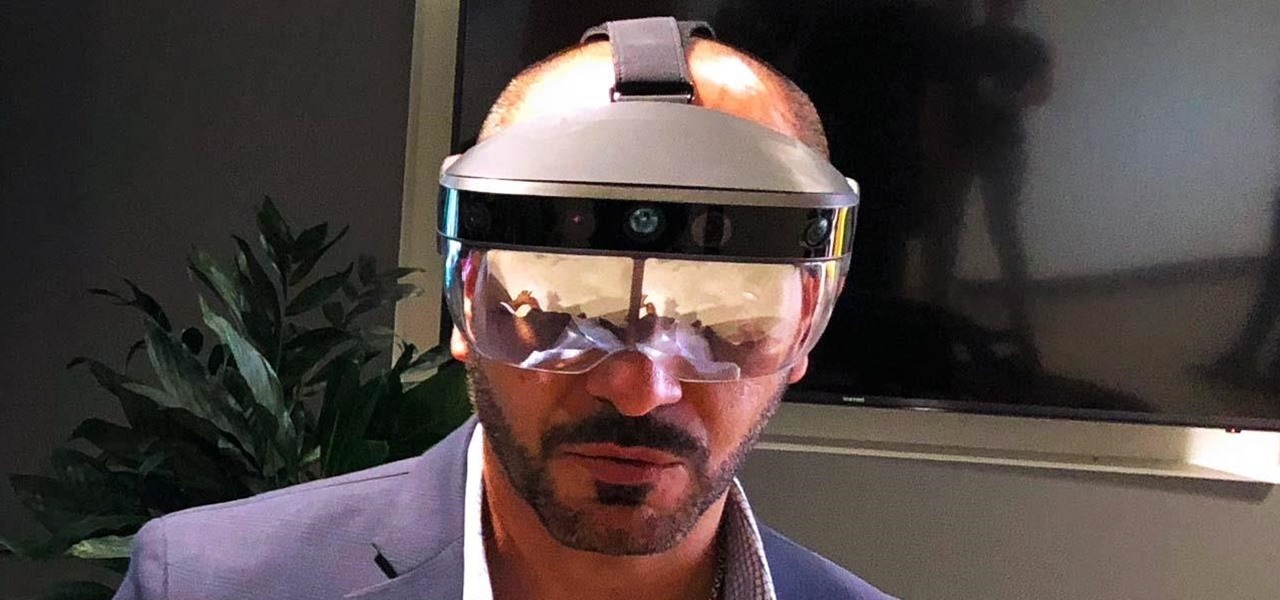



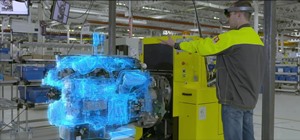






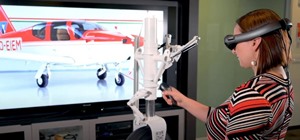




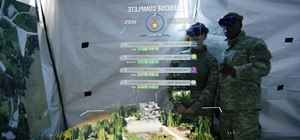




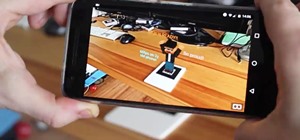





Be the First to Comment
Share Your Thoughts